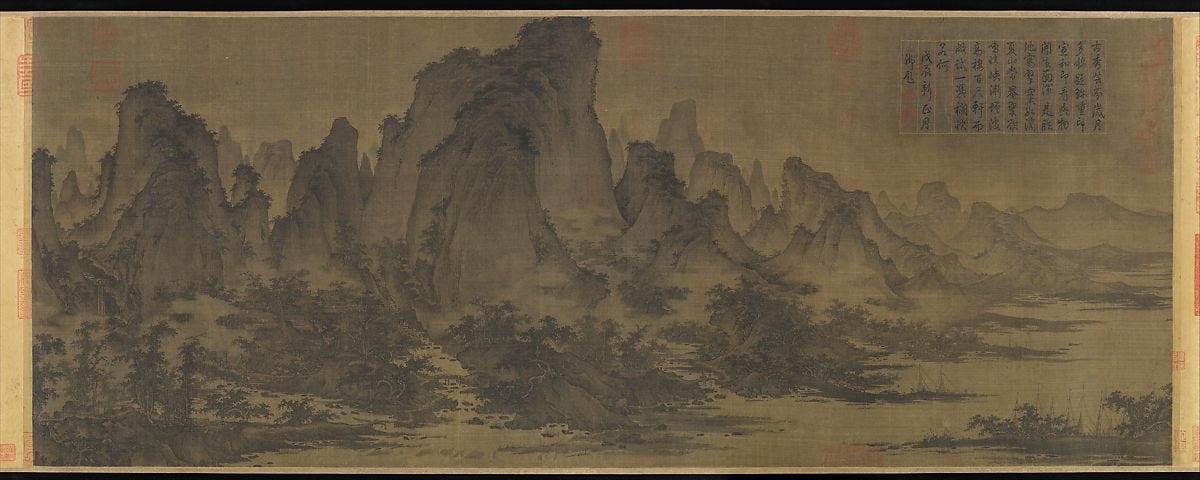#48. MOUNTAIN / MUNTANYA
If the only tool you have is hammer / Si l'única eina que tens és un martell
The way you can go
isn’t the real way.
The name you can say
isn’t the real name.
Heaven and earth
begin in the unnamed:
name’s the mother
of the ten thousand things.
So the unwanting soul
sees what’s hidden,
and the ever-wanting soul
sees only what it wants.
Two things, one origin,
but different in name,
whose identity is mystery.
Mystery of all mysteries!
The door to the hidden.
Tao Te Ching by Laozi (translated by Ursula K. Le Guin)
MOUNTAIN
Universal axis and navel of the world; elevation and center; transcendence and security. All peoples, cultures and religions have their sacred mountain. The pyramids of Egypt captured the immense power of mountains, the goal of sacred search and self-knowledge. Dante placed the earthly paradise at the top of the mountain of Purgatory. In biblical traditions, there are many sacred peaks: Sinai, Horeb, Mount Zion, Mount Carmel, Golgotha, etc. Taoists highlight the danger of climbing a mountain without proper spiritual preparation. The Immortals of the Taoist mythology live on a mountain that has a royal garden on its summit, where the peaches of immortality grow. The mountain is the image of revelation, breadth of sight, apotheotic experience and the culmination of human yearnings. It is a fundamental symbol that connects heaven and earth.
“If the only tool you have is hammer, you tend to see every problem as a nail.”
Abraham Maslow
El camino que puedes transitar
no es el auténtico camino.
El nombre que puedes decir
no es el auténtico nombre.
El cielo y la tierra
comienzan en lo innombrado:
el nombre es la madre
de los diez mil seres.
Por eso,
el alma sin deseo
ve lo oculto
y el alma deseante
ve solo su deseo.
Dos cosas, un origen,
y nombres diferentes sin embargo.
Su identidad es el misterio.
Misterio de los misterios,
puerta de lo oculto.
Tao Te Ching de Laozi
MUNTANYA
Eix universal i melic del món; elevació i centre; transcendència i seguretat. Tots els pobles, cultures i religions tenen la seva muntanya sagrada. Les piràmides d'Egipte capturaven la força de la immensitat de les muntanyes, la meta de la búsqueda sagrada i el coneixement d'un mateix. Dante va situar el paradís terrenal al cim de la muntanya del purgatori. En les tradicions bíbliques hi ha multitud de cims sagrats: el Sinaí, l’Horeb, el mont Sió, el mont Carmel, el Gòlgota, etc. Els taoistes subratllen el perill d’escalar una muntanya sense una preparació espiritual adequada. Els Immortals de la cosmovisió taoista viuen en una muntanya que té un jardí reial al seu cim, on hi creix el presseguer de la immortalitat. La muntanya és la imatge de la revelació, l’amplitut de mires, l’experiència apoteòsica i la culminació dels anhels humans. Es tracta d’un símbol fonamental que connecta la terra i el cel.
“Si l'única eina que tens és un martell, tendeixes a veure tots els problemes com un clau.”
Abraham Maslow









